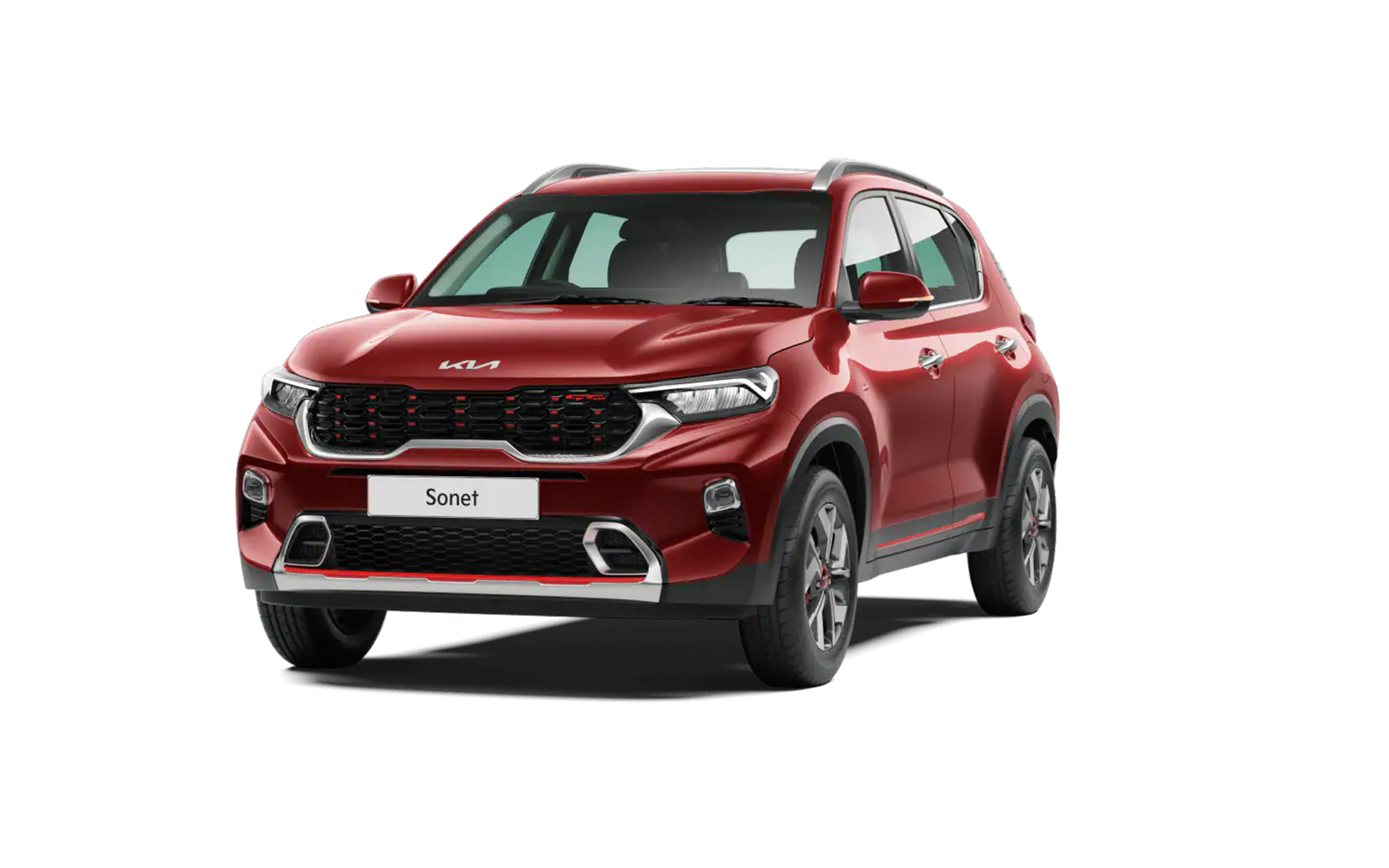
By CarDekho
Kia’s Seltos SUV will take Hyundai’s Creta head-on and ask you to look past options such as the stylish and rugged Tata Harrier, and the tech-loaded MG Hector. Sure, it seems overambitious until you remind yourself that the Hyundai Creta and Kia Seltos come from the same family and are even related in terms of the mechanicals. Can the Seltos be the perfect premium SUV for the urban family?
Like the Creta, the Seltos also have the square and upright look that Indians love. The Seltos is also a bit bigger than the Hyundai Creta. It is 45mm longer, 20mm wider and the wheelbase is longer by 20mm too. However, in terms of height, it is less than the Creta. This is because the Seltos is built on a new platform on which the next-generation Creta, due to be launched in 2020, has also been made.

The Seltos has a lot of presence and the grille makes it look wider still. The full-LED headlamps and the LED bar that extends into the grille give it a premium look that is also very distinctive in the dark. Lower variants of the Seltos won’t get the LED bar and use projector lamps instead of the LED units.
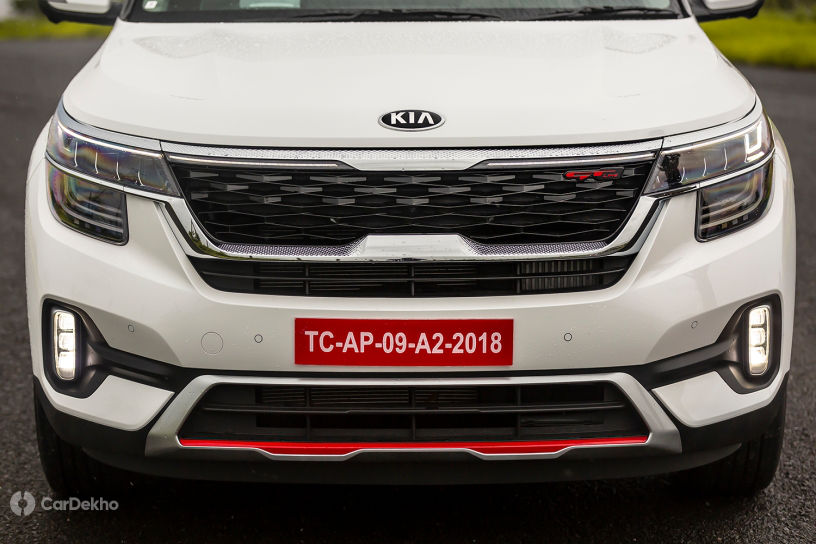
Kia is offering the Seltos in two trim lines – Tech Line for families and the GT Line for sportier personalities. This includes bigger silver bash plates at the front and rear. A red accent is used on the skid plates, the cladding on the side and even the brake calipers are finished in red. The GT Line also gets distinctive crystal-cut 17-inch alloy wheels. There is another 17-inch alloy wheel design on offer while lower variants get 16-inch alloys or 16-inch steel wheels.
Premium, that’s how the cabin of the Seltos feels. The cabin design, the choice of color combinations, the quality of materials, and the finish make it look like it costs well over Rs 20 lakh. Cleverly, all the touch points – like the steering wheel, the gear lever, the elbow pad on the door, and the crashpad on the dash – have soft-touch leather on it. The leather wrap for the flat-bottomed steering wheel deserves a special mention as it wouldn’t be out of place on an Audi either. On that note, the quality of the steering-mounted buttons and the silver finish used around the center console felt worthy of a luxury car. Other than this, Kia has made use of hard plastics which undoubtedly will help keep the price in check. Thankfully, everything is designed sensibly. The aircon vents are large and you can shut each one as well the armrest between the front seats is well placed too.
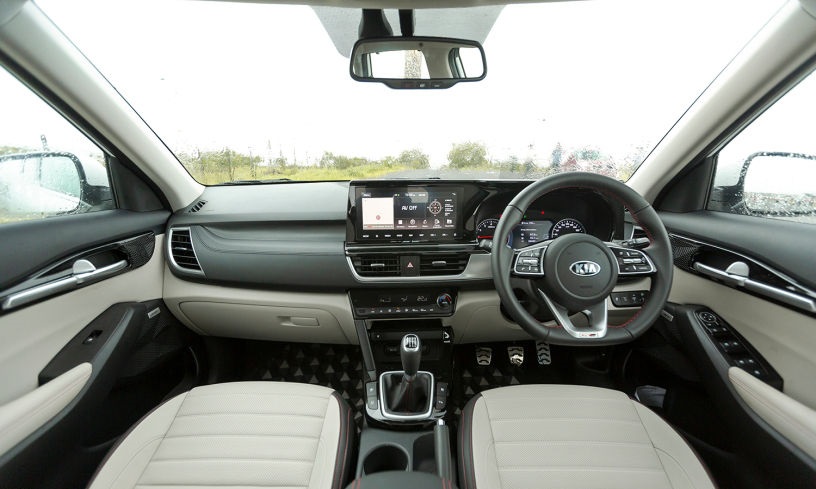
While the Tech Line makes do with white-colored seats with hexagonal quilting, the GT Line gets either dual-tone seats or an all-black leather with horizontal ridges and contrast stitching. This variant also gets brushed aluminum pedals to up the sporty quotient. On the comfort front, the front seats will prove to be wide enough for large occupants. Finding the right driving position is much easier on the GTX+ and GTX+ variants as they feature an 8-way power adjustable driver seat and rake and reach adjustable steering wheel. On lower variants, the under-thigh support ends up feeling a bit lacking, especially for the front passenger.
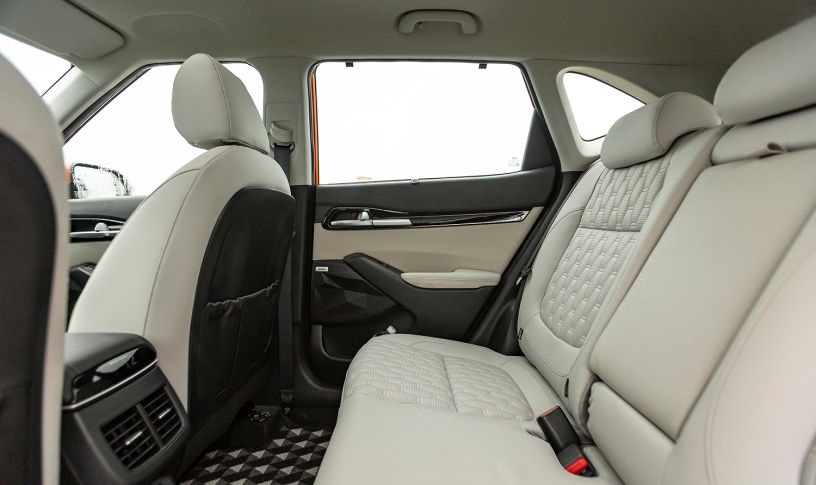
The same applies even to the rear seat where taller passengers will feel that a higher set seat would have improved comfort. Thankfully, there is enough knee room and headroom to stretch out and make yourself comfy. The two-step recline adjustable seat backrest and manual sunshades for the windows will help you relax too. Also, you don’t feel cooped up as the window line is low and that makes the cabin feel airy. And no, there is no third row. Instead, you have 433 litres of boot space, which puts it at an advantage over the Creta’s 400-litre boot. While the boot is wide and deep, letting you pack in plenty of luggage, the boot floor is a bit high.

With features like an 8-inch head-up display that shows you speed and navigation information, Kia’s connected car technology called UVO Connect, a cleanable air-purifier with air quality indicator, and a smartly integrated 7-inch multi-info display (MID) for the driver, the Seltos feels very techy and handy. The 7-inch MID needs a shoutout as it shows you plenty of information like navigation instructions, wiper settings as you use them, and even relays the video feed from the ORVM-mounted cameras when changing lanes. This improves the convenience and safety factor tremendously.
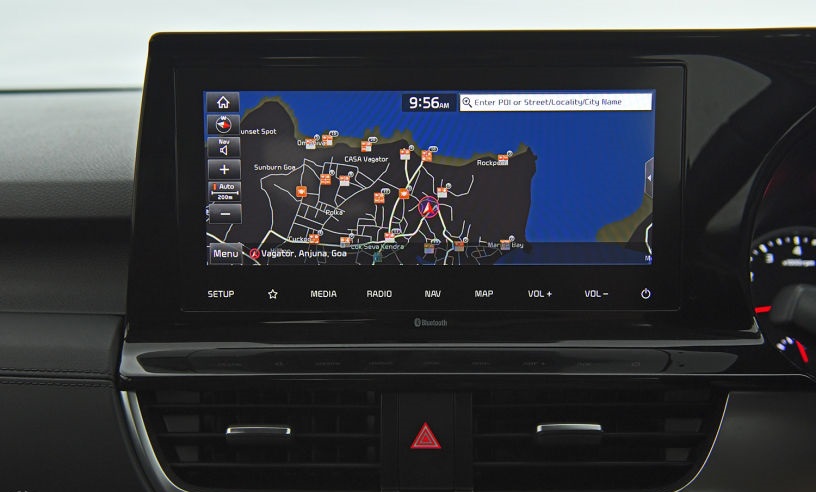
The wow factor is increased by the 10.25-inch infotainment screen in the center which is crisp and responsive, delivering a properly premium experience. It also integrates Apple CarPlay and Android Auto. The Seltos also offers a 10W wireless fast-charger for your phone, two USB ports in the front, and a single USB port for the rear occupants.
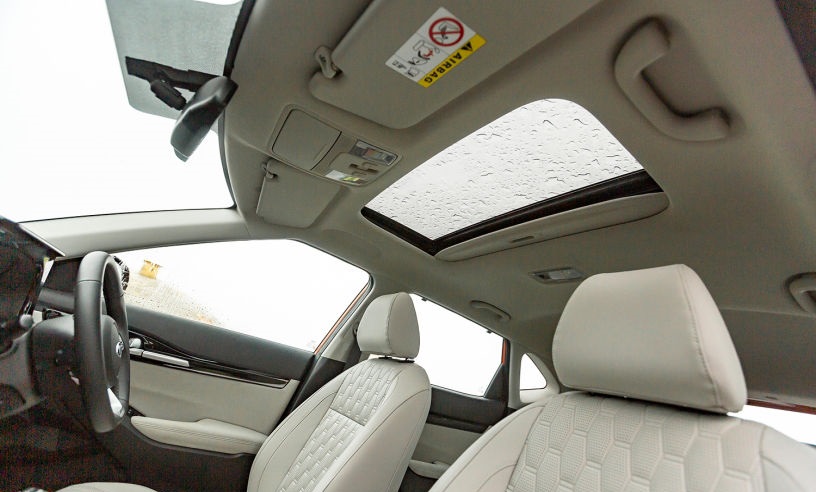
To up the comfort factor the Seltos uses special glass to cut out heat and the three-level ventilated seats will help cool you down further. On the other hand, if it gets gloomy the electric sunroof will be useful. What can be considered essentials – like auto headlamps, rain-sensing wipers, cruise control, and rear AC vents – are also available on the Seltos.
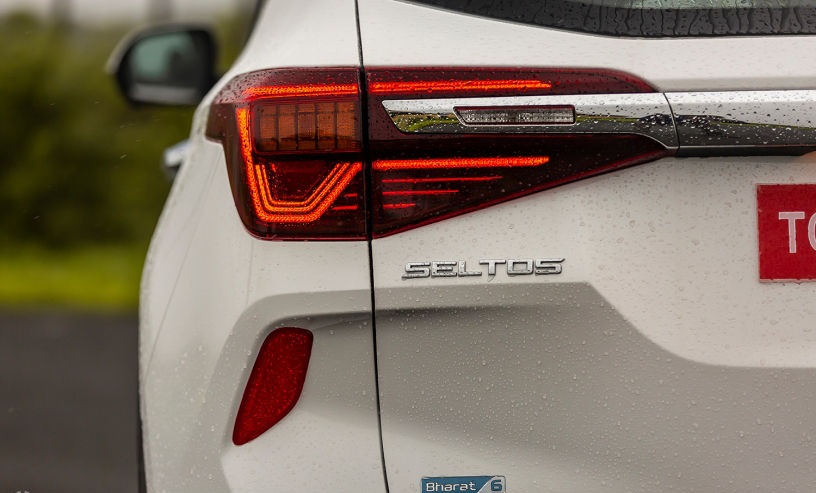
On the outside the Seltos packs LED headlamps and an LED bar that extends into the tiger nose grille, creating quite a distinctive look. The rear uses LED tail lamps too. However, these features will be limited to the higher variants.
Kia is offering six engine and transmission combinations on the Seltos. All engines on the Seltos are already BS6 compliant and Kia says that they have been tested on BS4 fuel too. The top-of-the-line petrol engine is a 140PS 1.4 liter turbocharged unit which is available with a 6-speed manual transmission or a 7-speed dual-clutch (automatic) transmission. In manual guise, the engine feels energetic for highway use, yet easy to live with in the city. The clutch is light, the engine is responsive from under 1500rpm and when you want to accelerate fast, it revs quickly to deliver a strong punch. As expected of a petrol motor, it is smooth and quiet too.

Things are a bit different with the automatic transmission-equipped version of the 1.4 litre petrol engine. For city use, it will take some getting used to as the power delivery and the gearshifts feel out of sync in stop-go traffic. To its credit, the transmission is so quick and smooth that you can’t even make out when it shifts gears. However, it is a bit too eager to shift up and down and these aren’t timed too well with the kick from the turbo. This results in sudden and unnecessarily rapid acceleration alternating with unwanted dullness. This makes it feel a bit tiring to drive at slow speeds. Thankfully, the drive modes come to the rescue. The Eco mode slows down the gearboxes eagerness and even softens power delivery, making it a lot more calm and almost enjoyable even for city use. The Sport mode would be great for overtaking on the highway as it holds onto a lower gear for longer, making it very responsive.
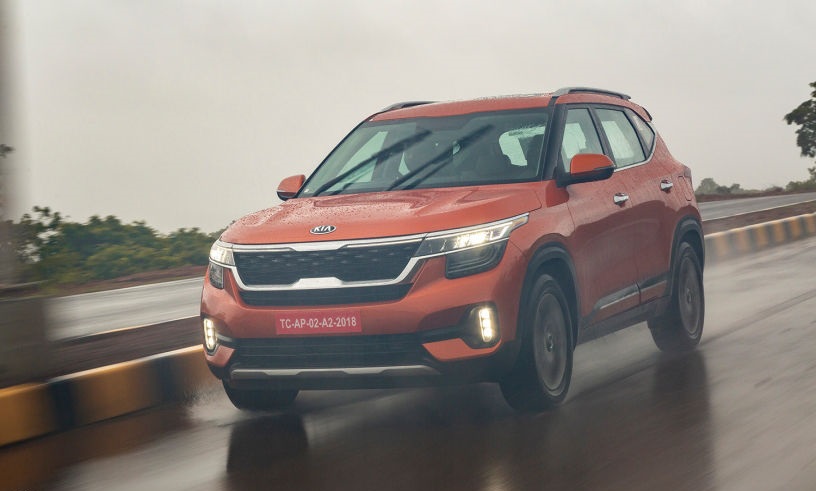
Kia claims a fuel efficiency of 16.1kmpl for the manual and 16.5kmpl for the automatic versions. However, we expect the automatic’s fuel efficiency to be lower than the manual’s in the real world.
The Seltos is also offered with a 1.5-litre petrol engine which will be the entry level petrol offering. It comes with a 6-speed manual gearbox or a CVT (automatic) transmission. This engine wasn’t available on the media drive. This is a pity because the CVT variant might prove to be the simple no-nonsense petrol option for city commuters. Kia claims a fuel efficiency of 16.5kmpl (manual) and 16.8kmpl (CVT) for this engine.
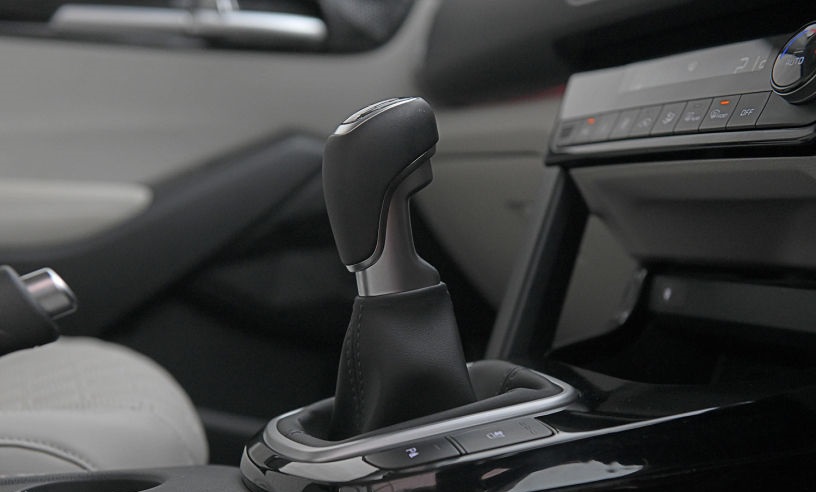
For diesel buyers, Kia is offering a 1.5-litre engine with a 6-speed manual and a 6-speed planetary (automatic) gearbox. We will complement this engine by saying that it doesn’t feel very diesel-like. It is smooth and refined, the clutch is light and it responds smartly even under 1500rpm. So, it can be quite enjoyable for everyday commuting in the city. The automatic transmission combination is even more impressive, as it cuts out the hassle of gear changes but without the clumsiness associated with autos. Despite its modest output of 115PS, it feels capable for high-speed cruises. After 3500rpm, the noise associated with diesel engines becomes obvious. However, you don’t need to rev it hard often.

Kia claims a fuel efficiency of 22.1kmpl (manual) and 18kmpl (auto) which are marginally higher than Hyundai’s claimed efficiency for the Creta – 20.5kmpl and 17.6kmpl, respectively.
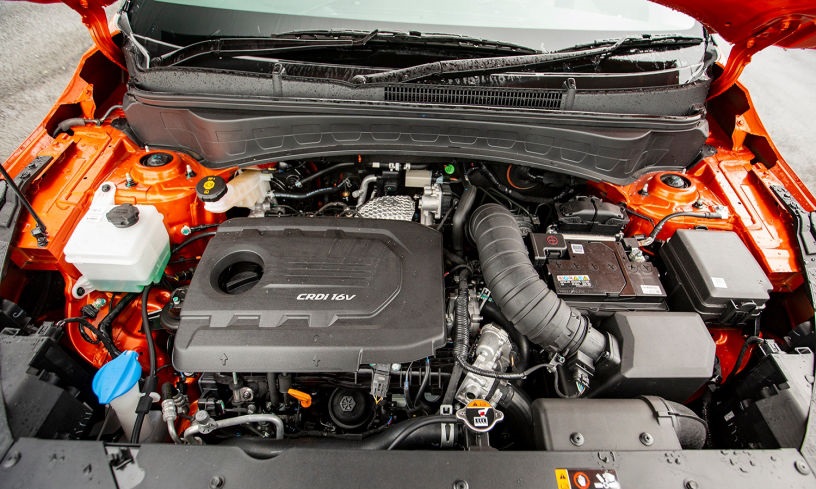
At high speeds and on broken roads the Seltos feels like a healthy combination of car and SUV. It takes the harshness out of potholes and bumps with ease and yet it feels very composed and confident at higher speeds. The all-wheel disc-brakes on higher variants give it added confidence. While the Seltos isn’t meant for off-roading, Kia provides terrain modes on the petrol automatic which help it adapt to slush, mud and rocky terrain.
The Seltos is offered dual-airbags with ABS and EBD as standard. Only the GTX and GTX+ variants come with six airbags. These variants also get Electronic Stability Control (ESC), Vehicle Stability Management (VSM) and hill hold. Yes, you can’t have this with the diesel engine or the 1.5 litre petrol engine either. The diesel also misses out on the 360-degree surround view camera. Thankfully, the optional front parking sensors and tyre pressure monitoring system are offered on the Tech Line’s HTX and HTX+ variants.
The Seltos will be available in more than 16 variants. Kia will use a dual-trim strategy with the Tech Line meant to appeal to family buyers and the GT Line to the more enthusiastic audiences. The lineup includes HTE (for Energy), HTK (Klass), HTK+, HTX (eXciting) and HTX+. The GT line will skip the GTE variant and stick to the GTK , GTK+, GTX and GTX+ variants.
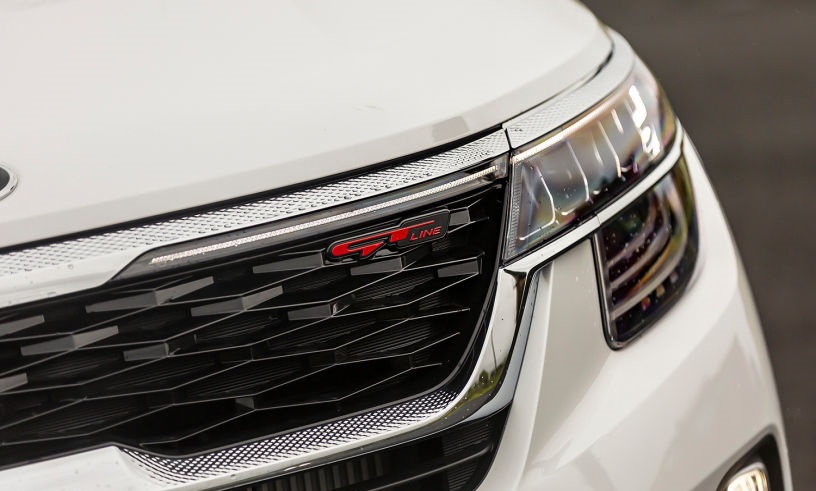
The base E variant will get 16-inch steel wheels, projector headlamps, keyless entry, central locking, steering mounted audio controls, a four-speaker sound system and a manual air-conditioner too. So, it is fairly well loaded. Safety equipment as standard includes dual airbags, ABS with EBD and reverse parking sensors.
However, the really wow features – be it the LED lighting or technology like Kia’s UVO Connect connected car system, and the head-up display – are available in the X variants. On top of this, the X+ variants get the electric sunroof, the 8-way power adjustable driver seat, the premium Bose sound system, 7-inch MID for the driver, a 360 degree camera, blind view monitor, front parking sensors and ventilated front seats.
Kia’s Seltos is a vehicle you can’t go wrong with. Because of its high wow factor, it will attract a lot of attention. More importantly, it backs it up with a solid and sensible personality too. Of the four engine options that we drove, you wouldn’t go wrong no matter which one you choose. The space in the cabin and comfort on offer makes it very practical for all occupants. However, it just misses out on hitting the bulls eye for a few small niggles like the seat base cushioning and the clumsy headedness of the 1.4-litre petrol-automatic combination. A little bit more by way of driver involvement would have pleased the enthusiasts too.
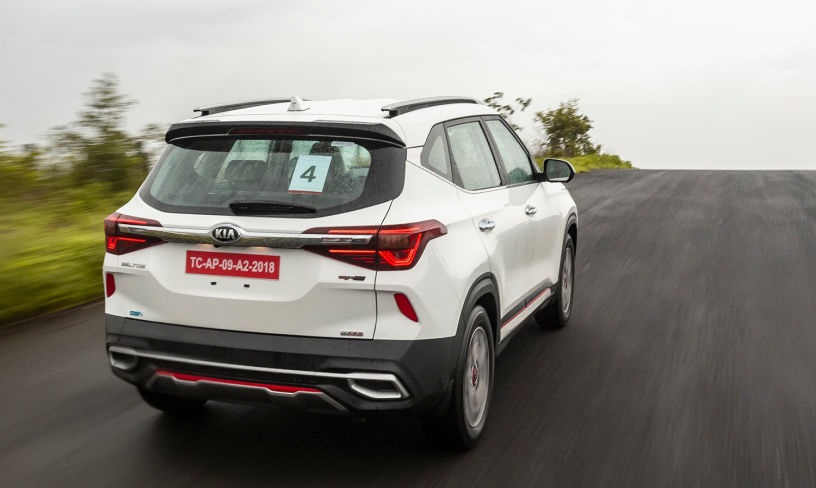
These may be small gripes but it’s actually a testament to how good the rest of the Seltos package is. It also runs the risk of confusing potential buyers with its wide array of combinations of variants, features and engine options. Nonetheless, we welcome these options and hope that Kia will provide more by way of a higher level of safety kit on the diesel variants as well. For now, it’s clear that the Kia Seltos has set the benchmark in the segment, not by being dramatically different, but by being better in most areas. Priced from Rs 10 lakh to Rs 16 lakh, the Kia Seltos could cement its place as the must-have family SUV for Indian car buyers.
Kia Motors has finally taken the wraps off the Seltos and it looks true to the SP concept which was showcased at the 2018 Auto Expo. The Kia Seltos has been designed and developed specifically for the Indian market and looks promising as an overall package. The overall design language of the Seltos is aggressive and sharp line on the face and shoulder helps shaping its bulges aesthetically. The face boasts the wide Tiger nose grille and there are chrome surrounding around it. Sleek LED headlamps, DRLs, bold claddings which incorporate silver skid plates and angular detailing on the face and hood add a sense of modernity to the design. A bit of Creta flavour is also visible in the side, especially with the way pillars have been designed. However, rising window line and sculpting on the rear haunches are unique. The rear of the car looks very urban and the tailgate is aesthetically segmented, giving almost equal area to the raked windscreen and lower sections. Elements like sleek chrome bar which insets into the tail lamps and dual exhaust finished in faux silver add to the looks as well. What also build upon the contemporary looks are in-trend elements like dual-tone roof, silver roof rails and 17-inch machined alloy wheels.
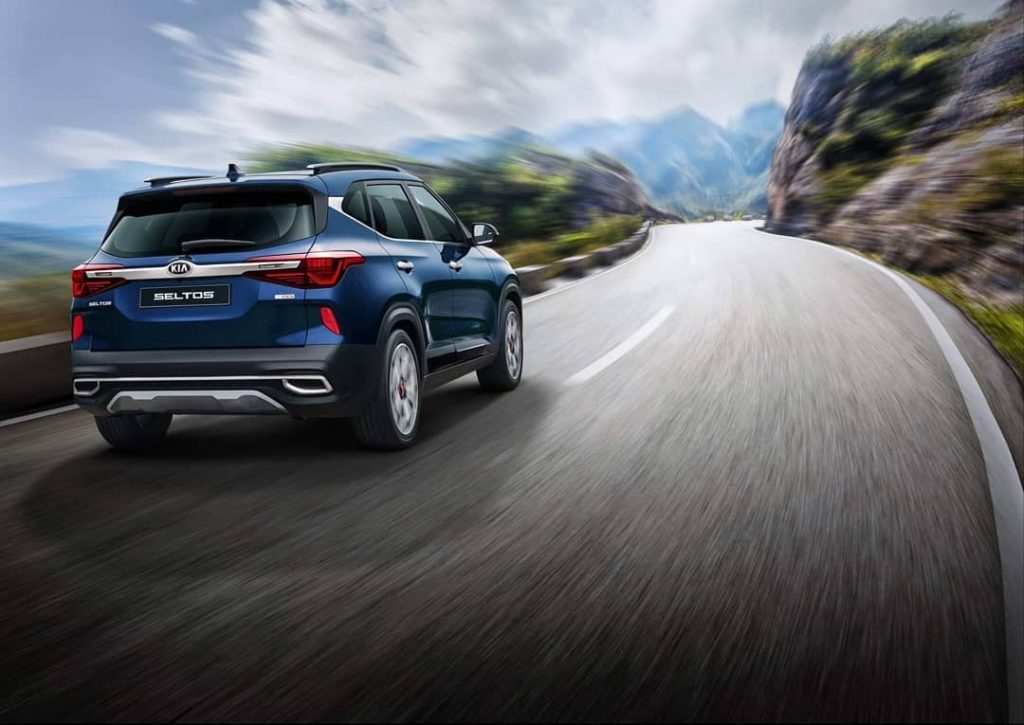
The big news is that Kia will make the Seltos available with two distinct design lines – Tech Line and GT Line. This is the first time in the compact SUV segment, that a model will be made available in a dual trim option. While the Tech Line will focus more about premium looks and features in line with comfort, the GT Line will be more youth inclined and will get more innovative features. The Kia Seltos is also a connected car and yes, that was quite expected now given its sister concern Hyundai has launched this very concept in the Venue subcompact SUV. So, the Seltos becomes the second connected compact SUV after the MG Hector.
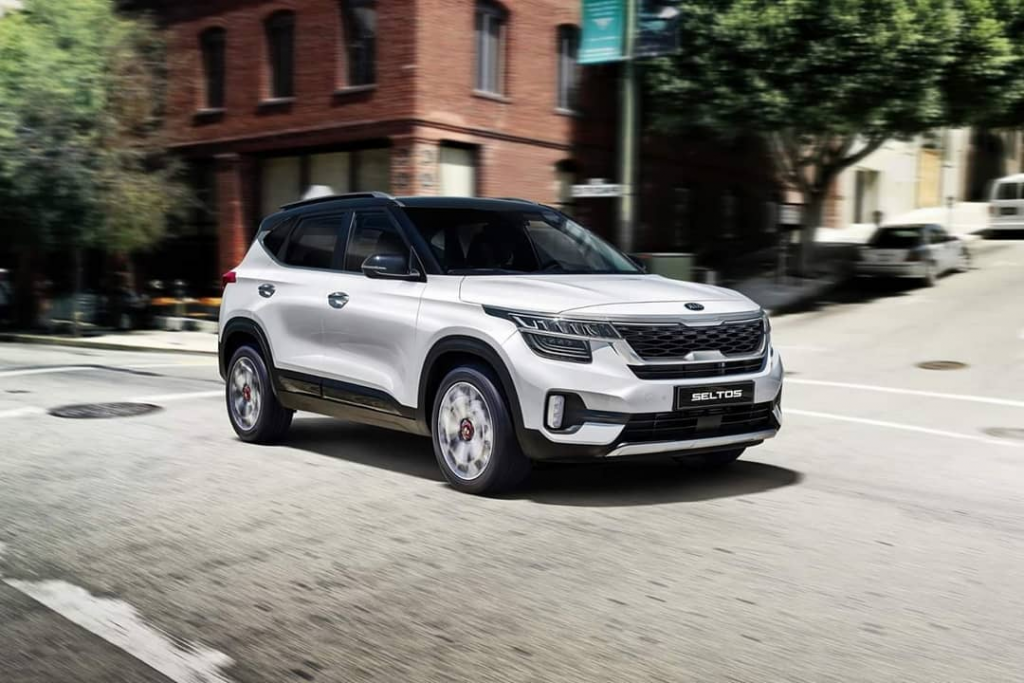
Kia calls it UVO and you can, just like we’ve seen in the Venue, use your phone to operate the car’s ignition, AC controls and more. There’s also Apple Carplay and Android Auto on offer. That’s not the end of the segment first features yet, the Seltos SUV also gets an 8 inch heads up display which gives you all the information you need without being distracted. There’s also a sound mood lamp, rear sunshade curtain and a 7-inch colour TFT unit for the instrument console, which add to the premiumness of the Seltos.
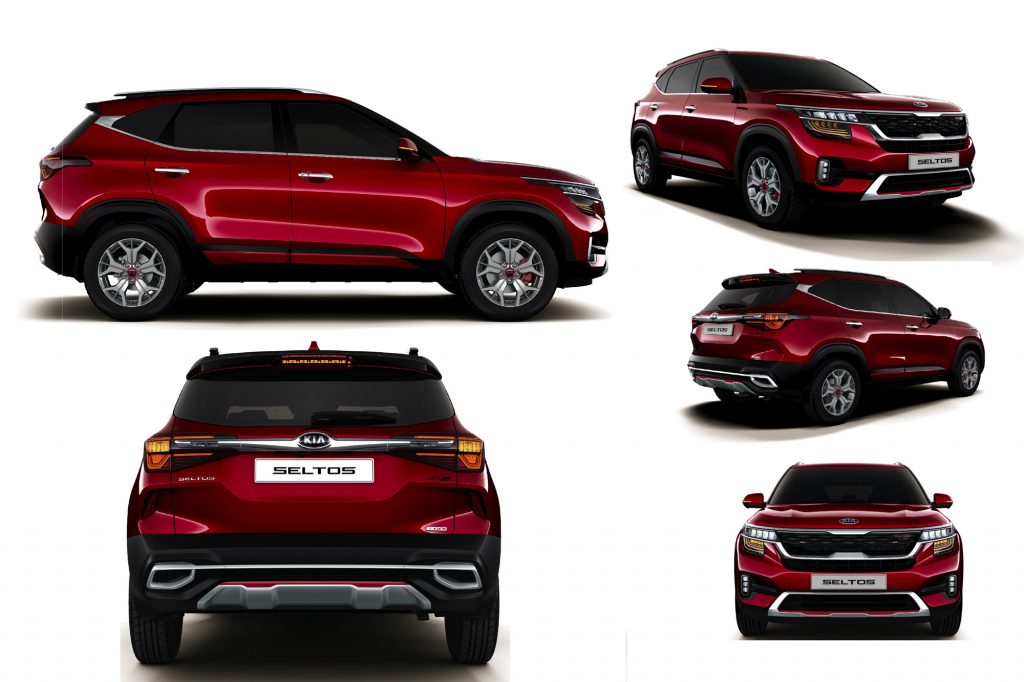
Kia is gearing up to launch the Seltos in India in August this year and it is expected to be priced between Rs. 11 lakh and 17 lakh. Along with a beautiful design, the new compact SUV is also equipped with a bundle of segment first features and gets an impressive range of engine and gearbox options. In India, Kia will offer the Seltos with a 1.4-litre GDI Turbo petrol engine and a 1.5-litre diesel engine and both will be BS6 compliant. Gearbox options include a six-speed torque convertor automatic, a seven-speed dual clutch transmission (DCT) a CVT gearbox and a six-speed manual transmission.